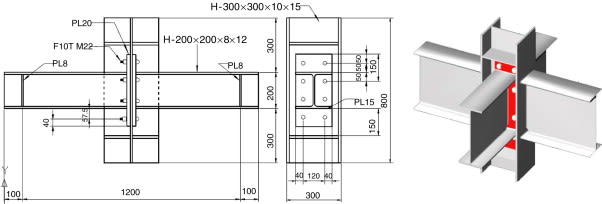X4vier
Civil/Environmental
- Feb 24, 2018
- 160
Hi, can I connect a bracket with wind loads that produce moment on bracket to web colum?

When I need to add stiffners like this,

And when must I use another type of connection like this flange plate?

I suposse it changes according to loads (moment) magnitude.
I know this have been asked lot of times but old post doesn't have images and if very difficult understand without the images.
Thanks.

When I need to add stiffners like this,

And when must I use another type of connection like this flange plate?

I suposse it changes according to loads (moment) magnitude.
I know this have been asked lot of times but old post doesn't have images and if very difficult understand without the images.
Thanks.
